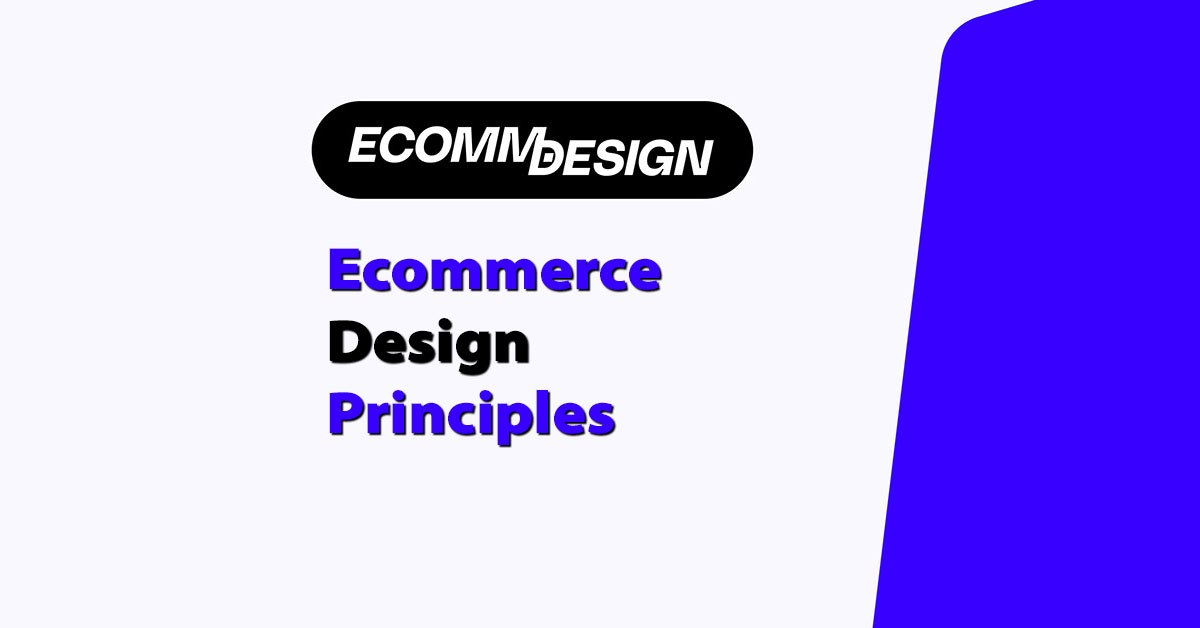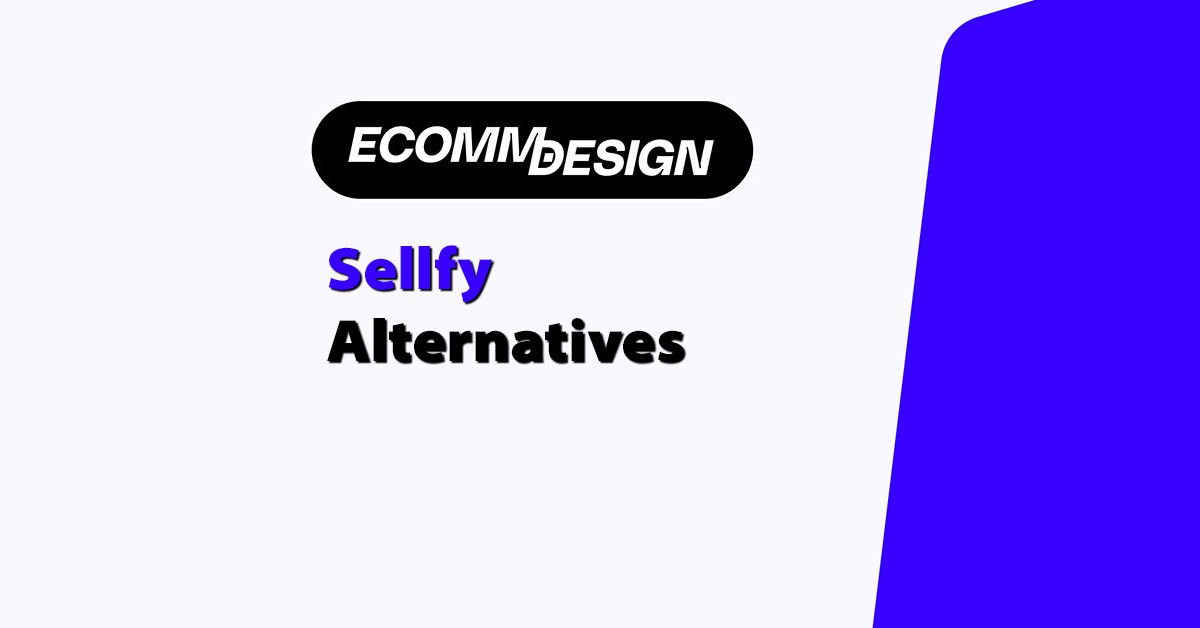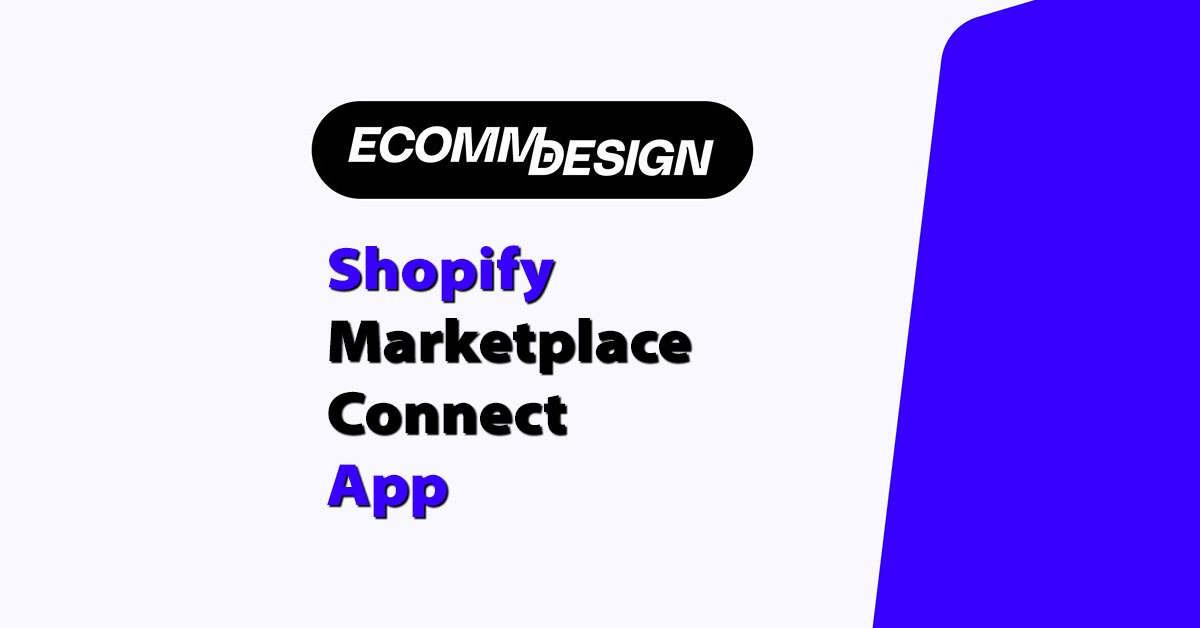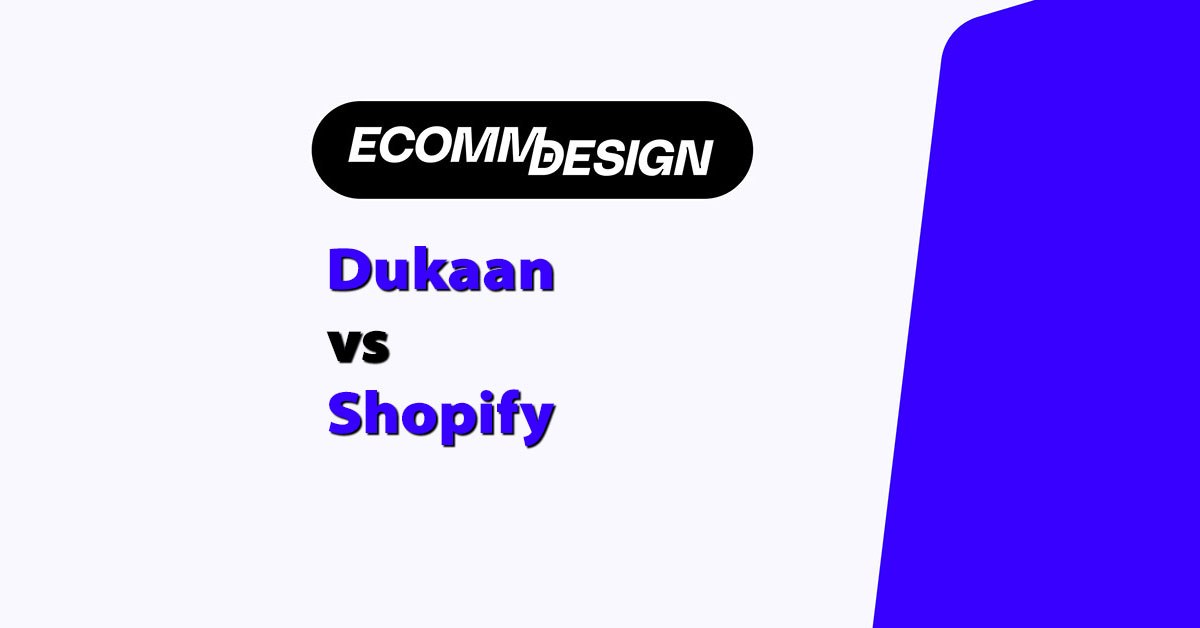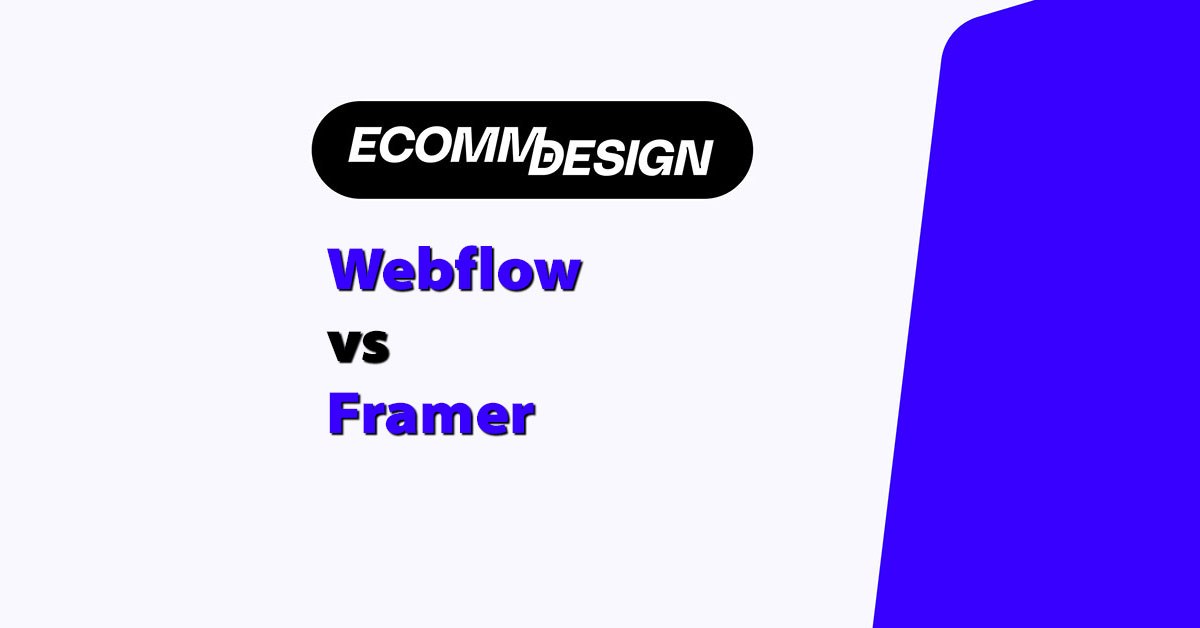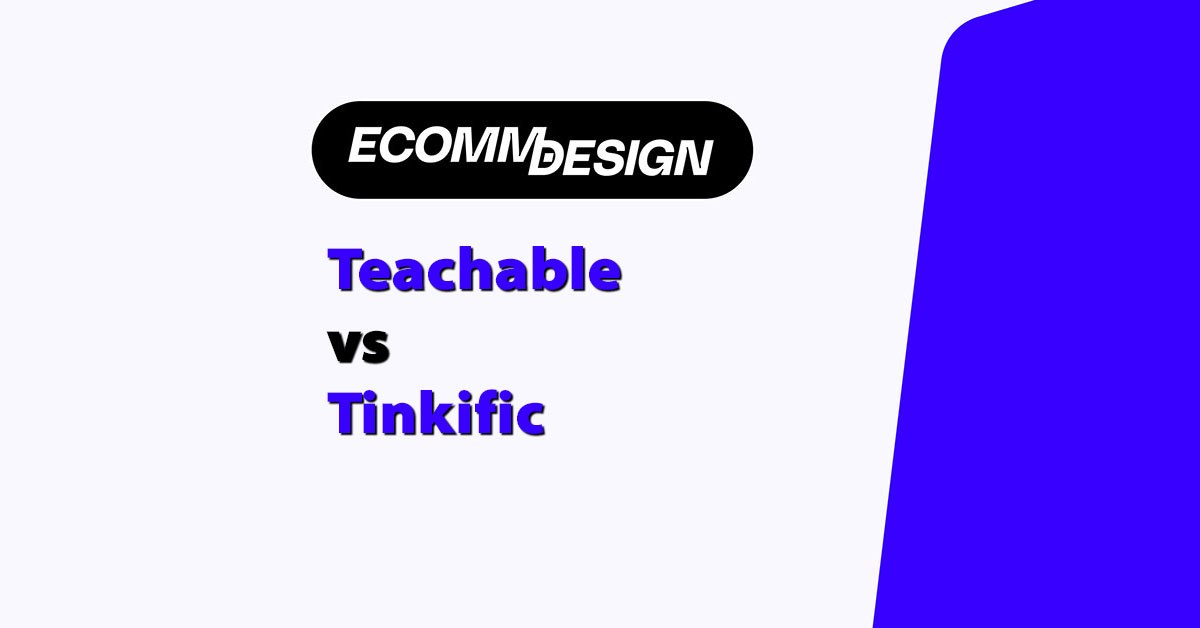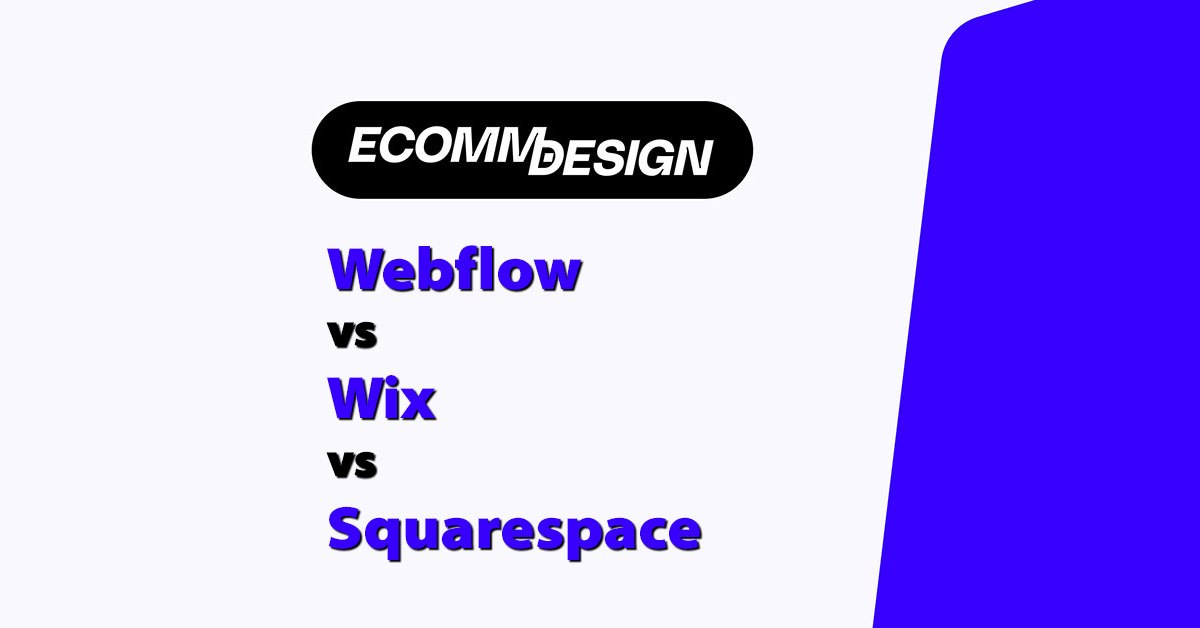
Quick answer:
If you want full design control and dev-level ecommerce features, go with Webflow.
If you’re just starting out and need something easy and affordable, Wix wins.
If branding and beautiful design is your top priority, Squarespace is the one.
I’ve tested all three platforms firsthand while building ecommerce sites for clients — some simple, some complex — and I’ve seen where each builder shines and where it stumbles.
Let’s break it down.

